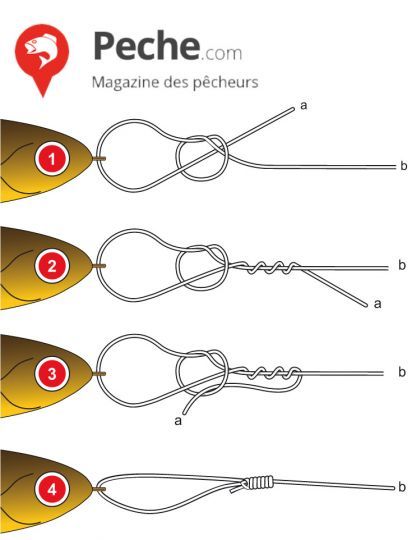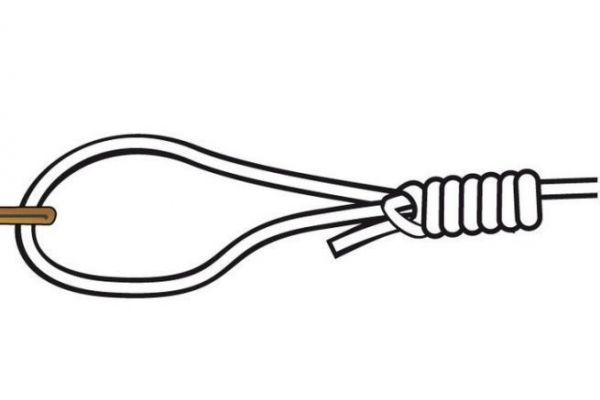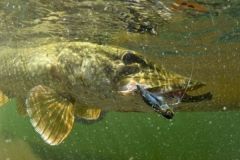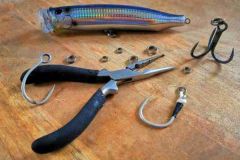This knot is very useful. It is a loop that is made when the line has already passed through an eyelet. A swivel, hook or lure is tied with a fixed open loop to give the rig freedom of movement. The object attached by the loop is thus trapped. To undo this fixed loop, the monofilament must be cut.
This buckle is useful for holding back a swimming fish and giving it total freedom of movement. Lateral tilts of surface lures are favoured and the "Walking the dog" animation (zig-zag animation) is thus more successful.
Jerkbaits also move more freely in linear retrieve. The knot has the same function as a simple staple. However, it can be more effective. A staple can produce metal-to-metal friction, which is eliminated with this knot. What's more, there's no risk of the staple opening on a big fish. In this respect, this direct connection knot is more resistant.
It's pretty straightforward, as our step-by-step diagram shows.

- Start with a simple, loose knot, then form a loop that passes through the accessory and back through the simple knot.
- Turn the line.node three times
- Return to the original single knot.
- Finally, tighten the knot.
This knot replaces the role of the staple and offers the freedom of movement needed for optimal swimming of our lures. The loop is of particular interest for attaching surface lures that need to swim freely, without disturbance. This knot has the advantage of being a lighter attachment system than a staple.








